9 Things in Your Kitchen That Could Be Unhealthy
The kitchen, often considered the heart of the home, is where culinary magic happens. However, beneath the surface of our everyday staples lurk surprising health pitfalls that can undermine our well-being. From seemingly innocuous ingredients to common cooking practices, these hidden hazards can have significant impacts on our health if left unchecked. This article embarks on a comprehensive exploration of these potential dangers, offering insights into how we can navigate them effectively. By understanding the risks associated with our kitchen staples, we can make informed choices that promote a healthier lifestyle for ourselves and our families.
1. The Sugar Trap: Sweeteners in Disguise
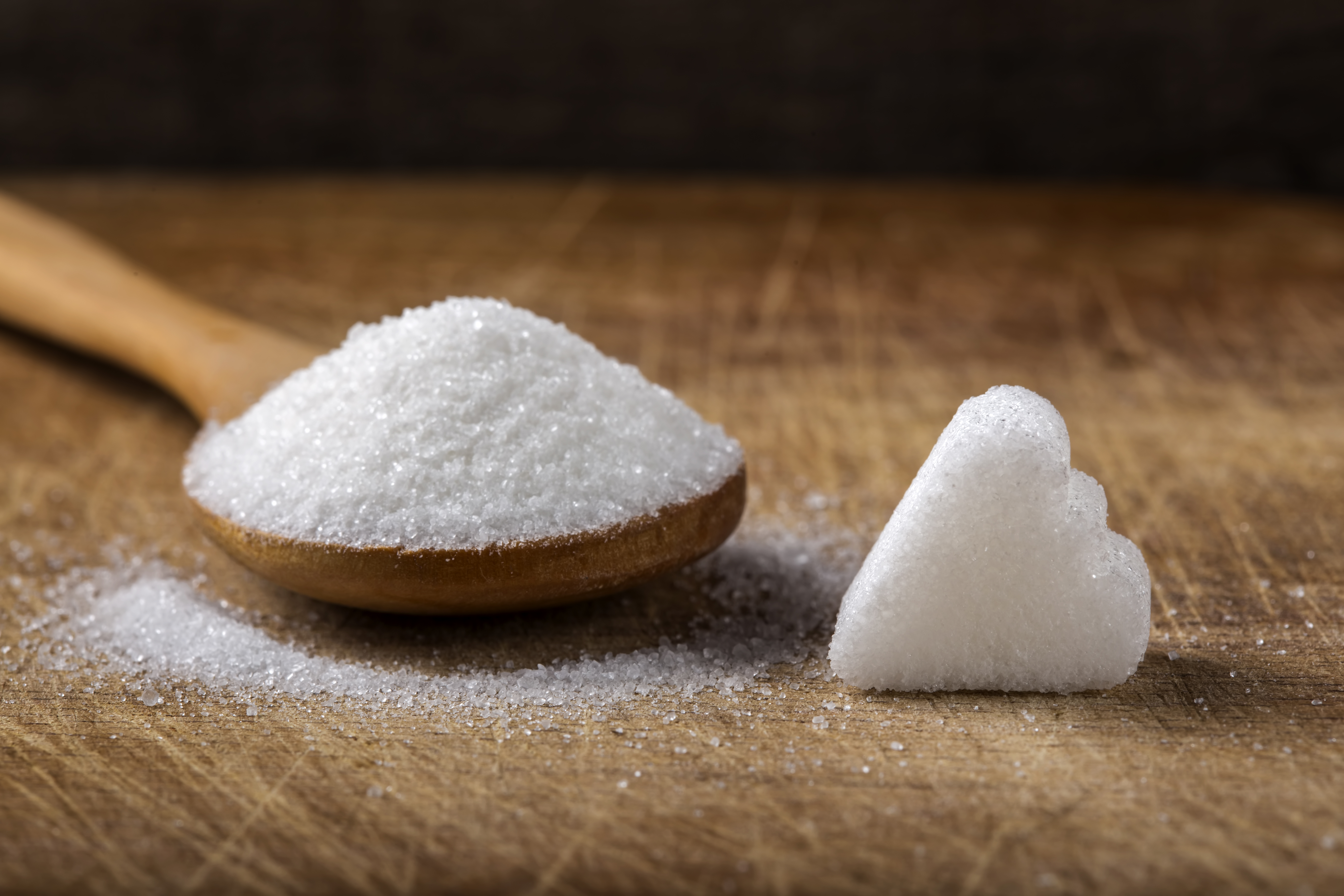
Sugar is a well-known dietary villain, but it often hides in plain sight within our kitchen staples. Processed foods, condiments, and even seemingly healthy snacks can be laden with hidden sugars. This stealthy presence can lead to excessive sugar consumption, contributing to a host of health issues such as obesity, diabetes, and heart disease. To combat this, it is crucial to become a vigilant label reader, identifying and understanding the myriad names sugar can take. By opting for natural sweeteners and reducing reliance on processed foods, we can mitigate the risks posed by hidden sugars.
2. Salt: The Silent Saboteur

Salt is essential for flavor, yet its overconsumption can be detrimental to health. Many kitchen staples, including canned goods, sauces, and pre-packaged mixes, are high in sodium. Excessive sodium intake is linked to hypertension, cardiovascular diseases, and stroke. Recognizing the hidden salt content in everyday foods requires a keen eye and a commitment to cooking from scratch when possible. By using herbs and spices to enhance flavor and choosing low-sodium alternatives, we can reduce our salt intake and protect our cardiovascular health.
3. Fats: The Good, the Bad, and the Hidden

Not all fats are created equal, and distinguishing between them is crucial for maintaining a healthy diet. While some fats, like those found in avocados and nuts, are beneficial, others, such as trans fats, can be harmful. These unhealthy fats often lurk in baked goods, margarine, and fried foods. Consuming trans fats can raise bad cholesterol levels and increase the risk of heart disease. By choosing whole foods and cooking with healthy oils like olive or coconut oil, we can avoid the hidden dangers of bad fats and support heart health.
4. The Gluten Enigma: Beyond Celiac Disease
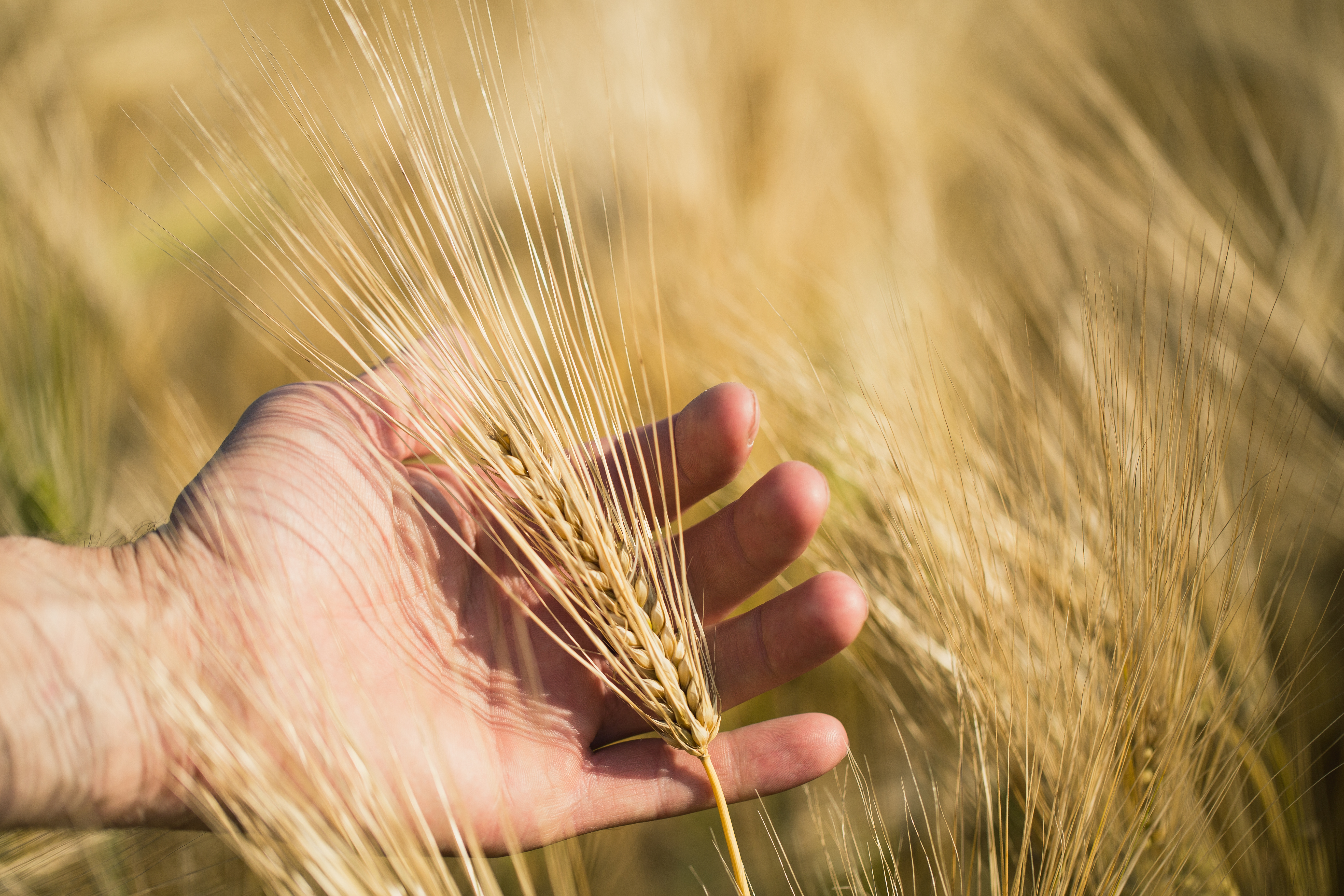
Gluten, a protein found in wheat, barley, and rye, is a staple in many diets. However, for those with celiac disease or gluten sensitivity, it can cause significant health issues. Surprisingly, gluten can also be present in unexpected items like sauces and processed meats. For those affected, it is important to scrutinize ingredient lists and consider gluten-free alternatives. Even for those without sensitivities, being mindful of gluten intake can encourage a more varied diet and reduce reliance on processed foods, which often contain hidden gluten.
5. Preservatives: Necessary Evil or Health Hazard?

Preservatives play a crucial role in extending the shelf life of many kitchen staples, but they can also pose health risks. Common preservatives like sodium benzoate and nitrates have been linked to potential health problems, including allergic reactions and even cancer. While complete avoidance of preservatives may be challenging, opting for fresh, whole foods and minimally processed products can significantly reduce exposure. Understanding the common preservatives and their effects can empower consumers to make healthier choices and minimize potential health risks.
6. The Mystery of Artificial Additives
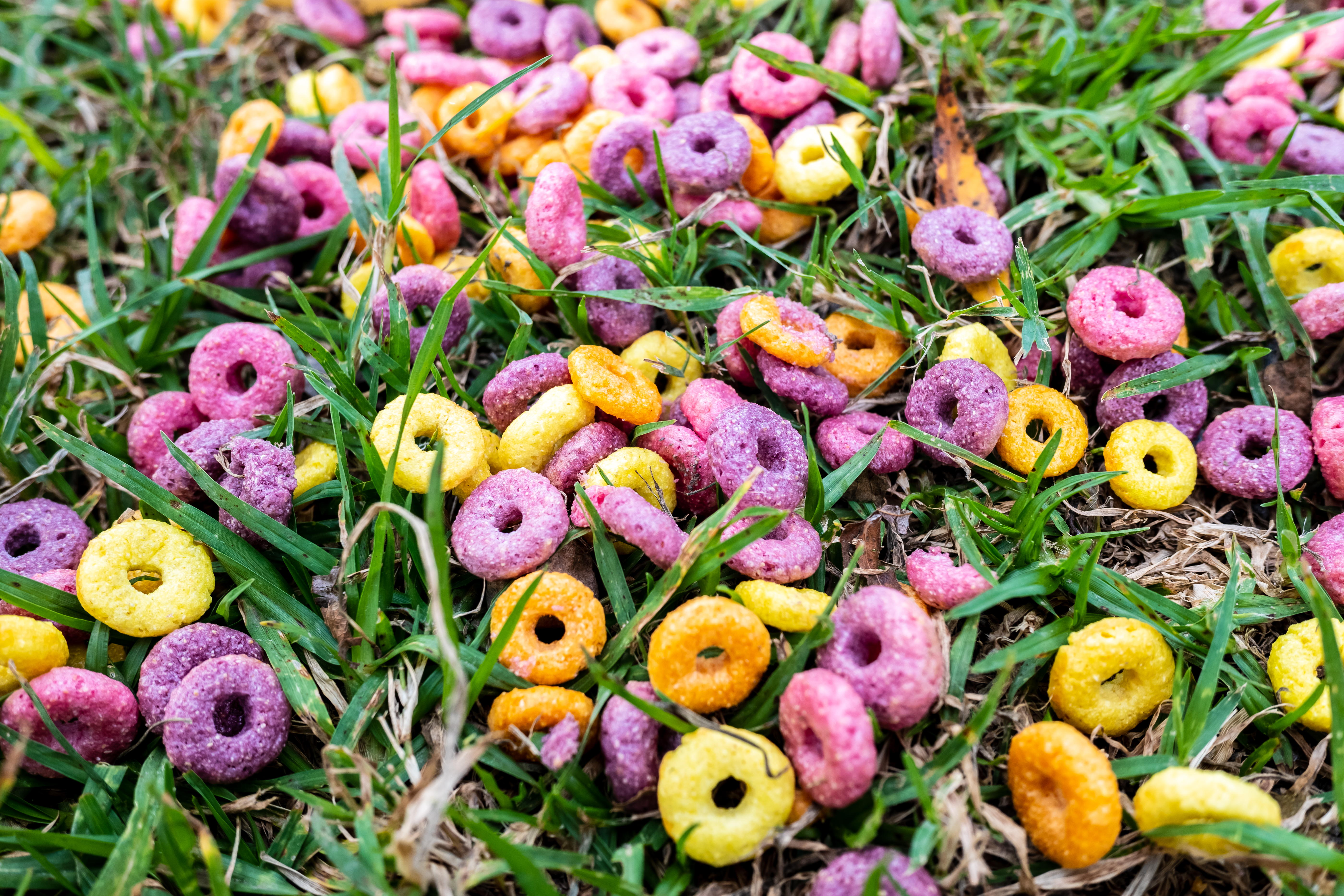
Artificial additives, including colors and flavors, are prevalent in many kitchen staples to enhance appearance and taste. However, these additives can have adverse health effects, particularly in children, where they have been associated with hyperactivity and allergic reactions. Reading labels and opting for products with natural ingredients can help reduce exposure to these potentially harmful substances. By prioritizing whole foods and home-cooked meals, we can ensure that the flavors and colors on our plates are as natural and safe as possible.
7. The Pesticide Predicament: Residues in Produce
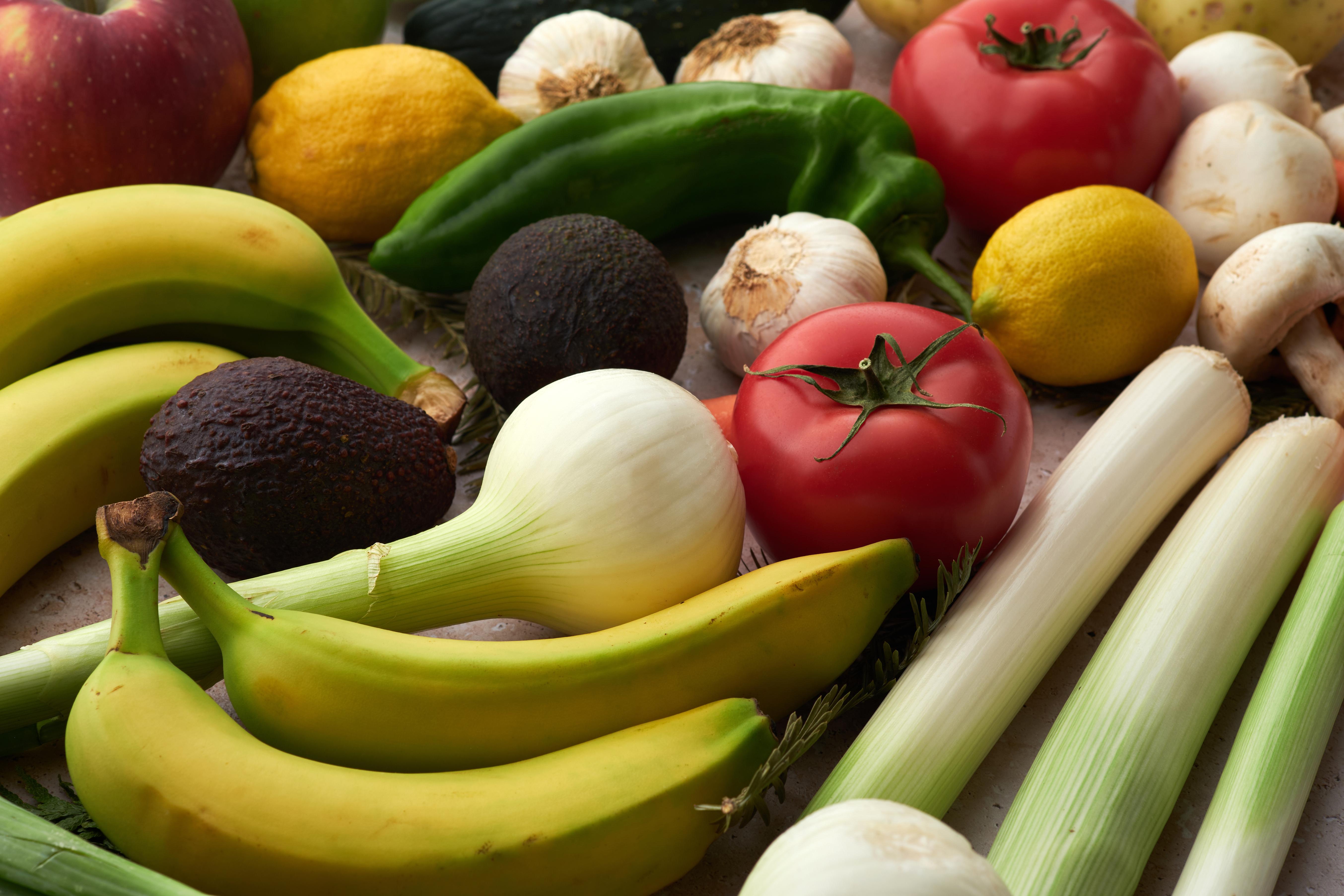
Fresh fruits and vegetables are vital components of a healthy diet, yet they can harbor pesticide residues that pose health risks. These chemicals are used to protect crops from pests but can remain on produce even after washing. Long-term exposure to pesticides has been linked to various health issues, including hormonal imbalances and cancer. Choosing organic produce when possible and thoroughly washing fruits and vegetables can help reduce pesticide intake. By supporting organic farming, we can also encourage practices that are better for both our health and the environment.
8. The Plastic Problem: Chemical Leaching

Plastic containers and wraps are ubiquitous in kitchens, often used for storage and cooking. However, chemicals like BPA and phthalates can leach into food, posing health risks such as hormonal disruptions and increased cancer risk. To minimize exposure, it is advisable to use glass or stainless steel containers and avoid microwaving food in plastic. By being mindful of the materials we use to store and prepare food, we can reduce the potential health hazards associated with plastic and protect our long-term health.
9. The Cooking Conundrum: High-Heat Hazards

Cooking methods can also introduce health risks, particularly when high heat is involved. Grilling, frying, and roasting at high temperatures can produce harmful compounds like acrylamide and polycyclic aromatic hydrocarbons, which are linked to cancer. To mitigate these risks, it is beneficial to use cooking methods such as steaming, poaching, or baking at lower temperatures. Additionally, marinating meats before grilling and avoiding charred foods can further reduce exposure to these harmful compounds, allowing us to enjoy our meals without compromising our health.
Crafting a Healthier Kitchen Environment
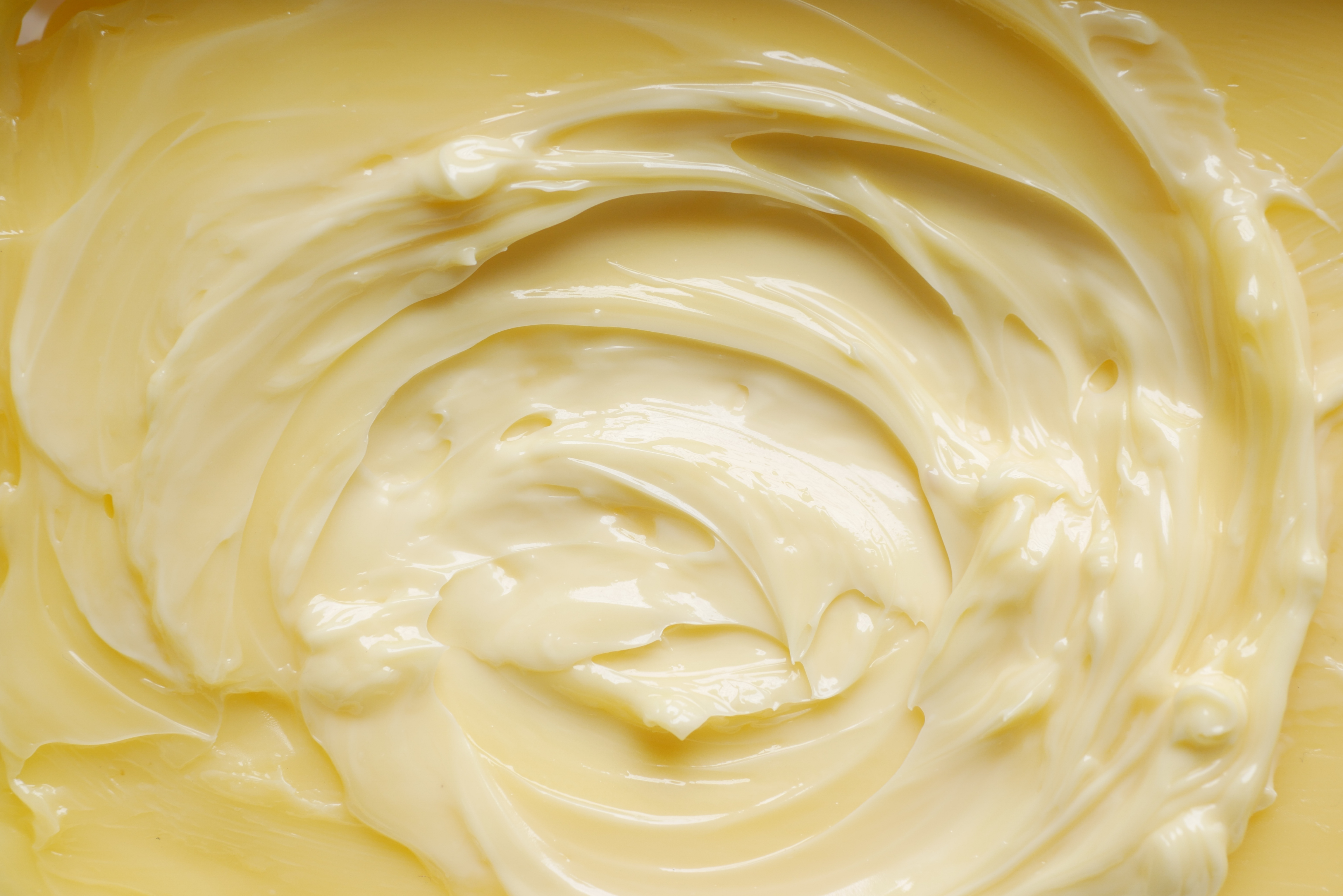
Navigating the health pitfalls hidden in our kitchen staples requires awareness, education, and a commitment to change. By understanding the potential dangers posed by ingredients, cooking methods, and storage practices, we can make informed decisions that promote health and well-being. Embracing whole foods, scrutinizing labels, and choosing safer alternatives are steps we can take to transform our kitchens into spaces that support our health goals. As we become more conscious consumers, we not only protect ourselves but also contribute to a broader movement towards healthier, more sustainable food practices.
Powered by Froala Editor